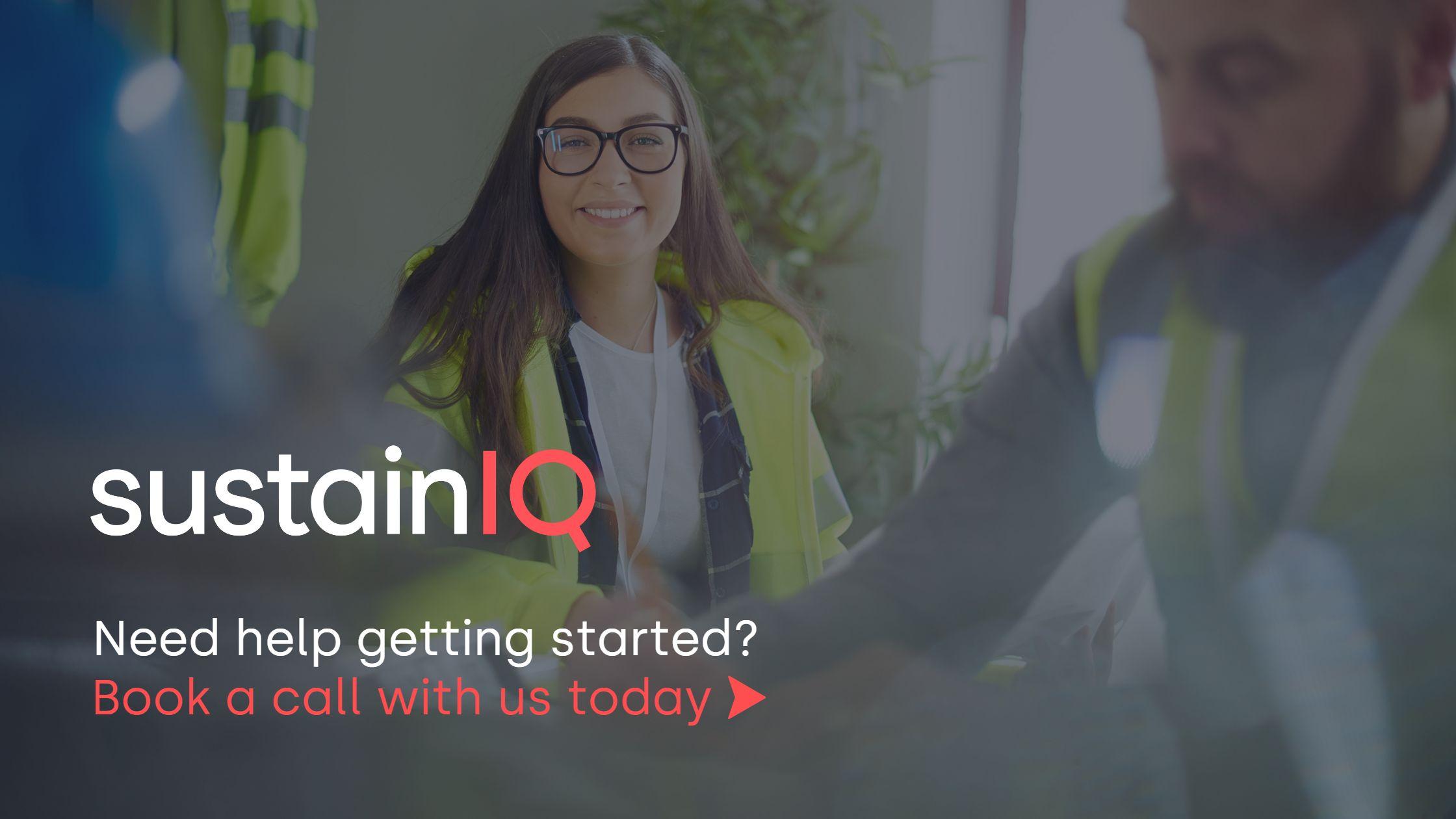Jan 30, 2023 | Conal Love
ESG reporting is a big challenge on most organisation’s agendas.
Pressures are mounting on a global scale daily. In the EU, the recently accepted Corporate Sustainability Reporting Directive (CSRD) will see 50,000 organisations facing mandatory disclosure within the next 5 years.
More widely, the International Sustainability Standards Board (ISSB) last week announced that finalised reporting standards will be released by June 2023, for adoption in 2024.
Beyond legislation, organisations face further pressure from investors, supply chains and external stakeholders.
It can all be a bit daunting.
However, that’s no reason to rush. When implementing successful ESG reporting, learning to walk before you run is crucial.
Rushing can lead to ESG reporting becoming more of a tick-box exercise rather than providing tangible value to the business.
There is no magic wand, quick fix or light-bulb approach to ESG Reporting. It needs to be carried out methodically and robustly and that can take time.
Moreover, a large organisation, perhaps reporting for the first time and having to do so across multiple locations, can face logistical issues with data gathering and integrity. This can potentially lead to inconsistent or incoherent reporting if rushed.
Want a simpler, tried and tested way to get the ball rolling? Read on.

Follow our 6 steps
Before moving toward implementation and starting to report, review our 6 steps below.
Consider the following questions and make sure you can answer each of them:
- Why does your business need ESG?
- What matters most, or is most material, to your business and stakeholders?
- What ESG data do you currently capture?
- What ESG data is missing in your business?
- Who is responsible for data collection of both existing and missing data?
- What is your methodology for capturing data and translating that into information that’s easy to understand and use?
If you’re finding it hard to answer any the above points, you might want to read this blog on Getting Started with ESG first, or download our e-book on the topic here.
Slow and steady wins the race
When undertaking ESG reporting, considering the logistics and operations of how you'll capture data is important.
Whether you’re working with a service provider or perhaps implementing your own internal methodology, perfecting things on a smaller scale slowly and rolling that success out will reap benefits in the long-term.
As a suggestion, create a Gantt Chart as part of the project for one location or site in the business.
Set a defined deadline for reporting in one site, along with review dates for how things are progressing.
Working through the roll-out in one location with those regular reviews then allows you to consider:
- What worked for our business in the implementation?
- What didn’t work for us on this site?
- Moving forward, what should we do differently?
- Are there are any gaps or concerns in how we are capturing data that we should address?
After you complete the process at one site, reflect on performance and determine best practice for your business, you can then start to implement reporting on more sites.
Ultimately, by the final site, each location will be working in a way that suits the individual micro-culture of that business location. Most importantly, setting up and establishing reporting within new teams will be a routine process, making ESG reporting that bit easier as the business evolves.
If you’re a single site business, you may find it helpful to start with one ‘pillar’ of ESG to start with and, as above, test, review and refine as you go.

Have a defined reporting methodology
Organisations that jump in to ESG reporting without defining a clear rationale for setting goals risk developing an incoherent and inconsistent approach.
Our top tip? Start with a materiality assessment and really get to the guts of what it is you’re trying to achieve.
Once you have that figured out, set SMART goals around those material issues – that is those that are specific, measurable, achievable, relevant, and time-bound.
With clear, measurable goals and KPIs, you can then determine what data you need to capture, and find the best methodology to help you do that.
At SustainIQ, we have defined methodologies for 150+ different reporting categories, making that part of the ESG reporting process simpler for you. Why not set up a call with us to discuss how we can help?
However, that’s no reason to rush. When implementing successful ESG reporting, learning to walk before you run is crucial.
Rushing can lead to ESG reporting becoming more of a tick-box exercise rather than providing tangible value to the business.
There is no magic wand, quick fix or light-bulb approach to ESG Reporting. It needs to be carried out methodically and robustly and that can take time.
